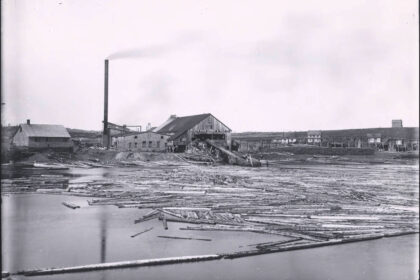Any material capable of attracting iron-containing objects and creating a magnetic field outside itself is a magnet. By the end of the 19th century, it was discovered that all the known elements have some magnetic property. Take a look below for 30 crazy and interesting facts about magnets.
1. About 4,000 years ago, Magnes, a Greek shepherd, tending his sheep in a region called Magnesia, suddenly found that the nails that held his shoe together and the metal tip of his rod were attracted to a rock he was standing on.
2. Magnes discovered the first recorded lodestone. Lodestones were therefore called “magnetite,” probably named after Magnes or Magnesia.
3. Magnets are ancient. Well, today’s man-made magnets may not be so ancient, but the Chinese are said to have used the natural magnet lodestone as early as 800 A.D.
4. Ancient mariners are said to have used lodestones to help them navigate.
5. Explorers like Marco Polo brought the magnetic compass back to Italy, assisting the Europeans to explore the oceans.
6. The Vikings put the magnetic properties of lodestone to practical use as early as 1,000 B.C. It’s said that the Vikings have been using a compass-like tool made of lodestone and iron.
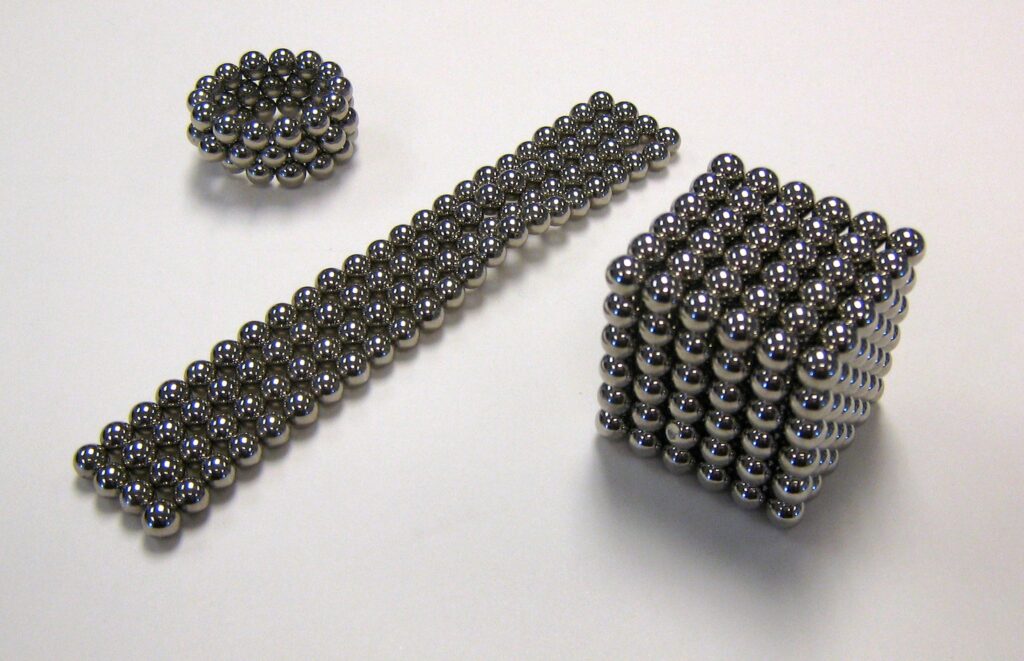
7. In 1850, William Thomson (Lord Kelvin) defined the quantities which are used in characterizing magnetization.
8. Magnetic fields can’t be seen with the human eye. Magnetism is light, therefore when magnets “attract” to each other, they are trading photons.
9. If you put a bar magnet under a sheet of paper and scatter iron dust lightly over the top, you will suddenly see the invisible magnetic field as the particles stick to it.
10. The metals magnets attract include iron, nickel, and cobalt.
11. The metals magnets are unable to attract are aluminium, platinum, magnesium, copper, silver, and gold.
12. Magnets have 2 different poles, a north pole, and a south pole.
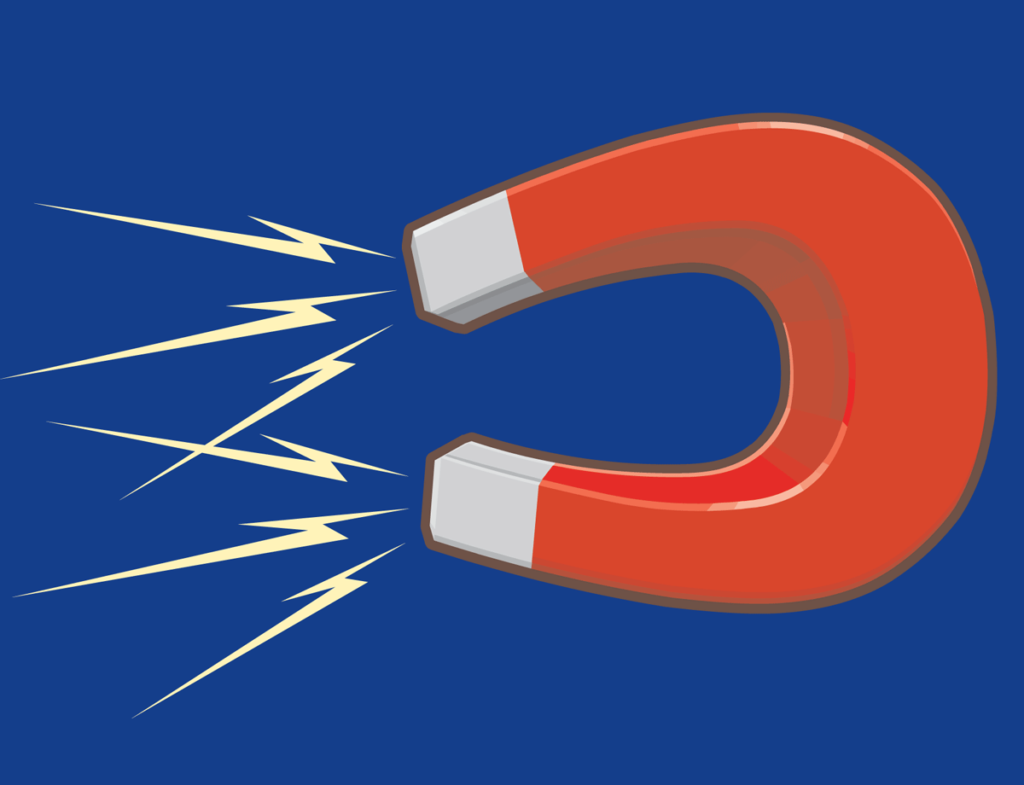
13. Magnets will repel and push away from each other if the same pole of one magnet is matched up to the same pole of another magnet.
14. Magnets will pull together and attract each other if opposite poles are matched.
15. The Earth’s core has its magnetic field because it’s believed to be a mix of nickel and iron.
16. Compasses are using the Earth’s magnetic field to work and direct north, south, east, and west.
17. Iron filings can be used to show magnetic fields.
18. For magnetic objects to work, they must be in the magnetic field to respond.
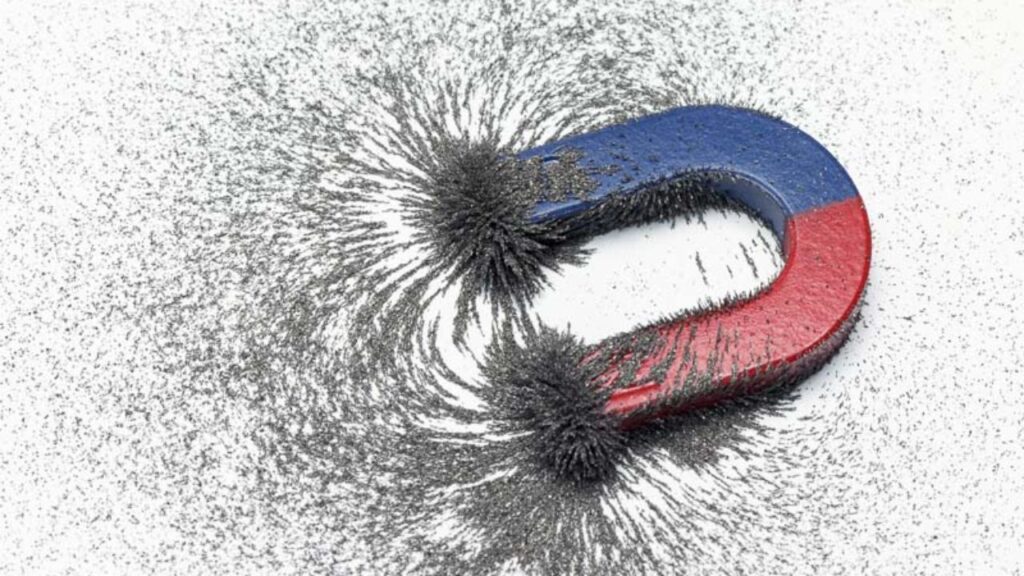
19. Magnets are used for creating electricity.
20. An electric current is created when a coil is wrapped around a magnet, also called an electromagnet.
21. Electromagnets are used in many diverse applications including generating electricity in hydroelectric dams.
22. To create their power of magnetism electromagnets use electricity and they can be turned on and off.
23. The tracks of many roller coasters use electromagnets to send the carriages along.
24. In junkyards, cranes use huge electromagnets to pick up scrap metal.
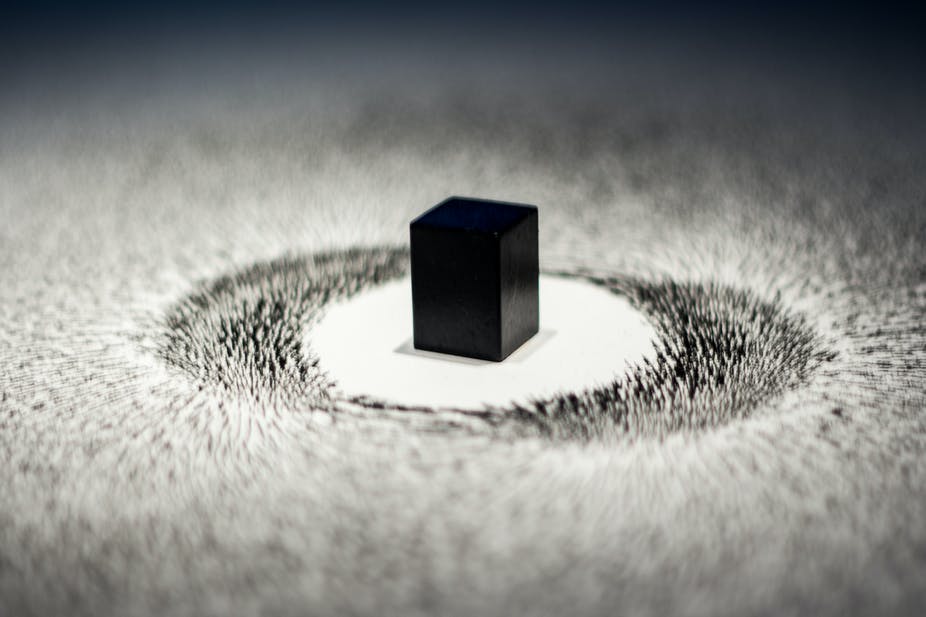
25. A tesla unit is the strength of a magnet.
26. Two of the largest magnets in the US are based at the Los Alamos National Laboratory in New Mexico and Florida State University.
27. The magnet situated at Los Alamos National Laboratory in New Mexico reaches 100 teslas, whereas the magnet located at Florida State University reaches a still-impressive 45 tesla.
28. Junkyard magnets used for lifting cars are only able to reach 2 teslas.
29. Heating a magnet or hammering it, will cause it to lose its properties.
30. Many animals can sense magnetic fields.



